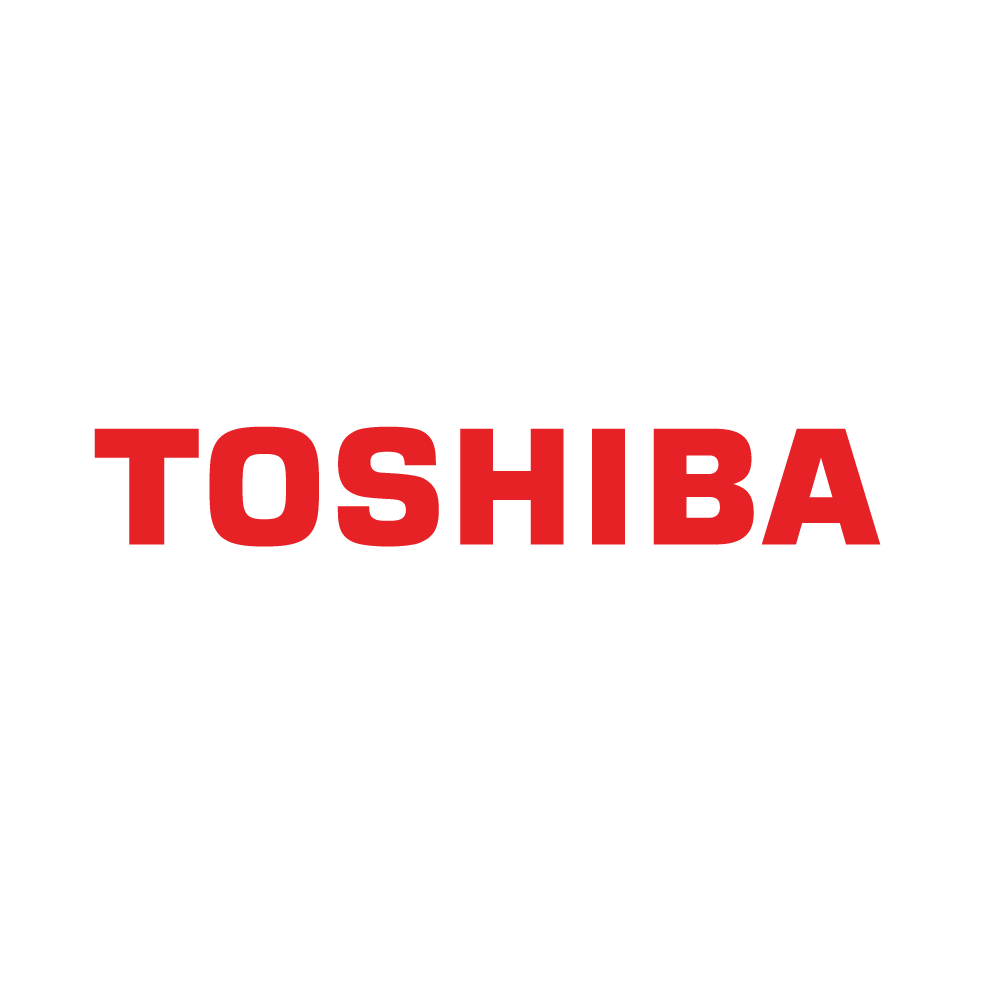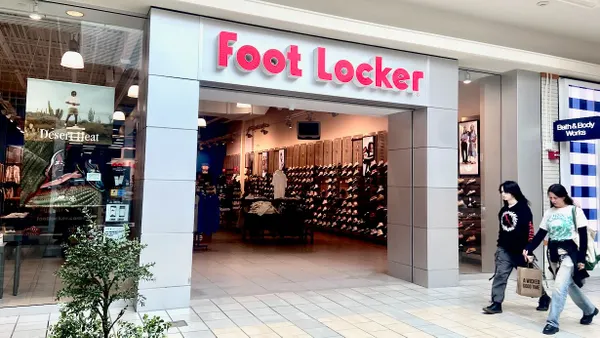Dive Brief:
-
CurrentC, the mobile payment app developed by a group of major U.S. retailers, is slated to debut next month.
-
The app is the brainchild of the Merchant Customer Exchange (MCX), funded by a consortium of retailers including Wal-Mart Stores Inc., Target, Best Buy, and others, as an answer to Apple Pay.
-
CurrentC has been beset by problems, taking three years to launch and garnering criticism for its hardball tactics with participating retailers, its costs to consumers, and an early hacking incident.
Dive Insight:
While MCX has the word “customer” in the middle of its name, it's hardly been viewed as a customer-centric organization. Its CurrentC product has been designed to get away from something that has dogged the retail industry for years: fees from banks on credit card and debit card transactions.
Retailers have long resented the fees, and the fight has intensified since 2010’s Dodd-Frank banking law, which retailers expected would provide more relief than it has. While initially MCX retailers took the bold stance of turning off their NFC capabilities in an effort to thwart Apple Pay, many, including MCX retailer Best Buy, have quietly turned them back on and openly accept the payments competitor.
That only makes sense, since people have had Apple Pay on their phones without CurrentC even being available. After all, turning away Apple Pay is close to turning away many customers’ money.
The inward focus of CurrentC’s development could easily be the basis of its downfall. Now that it’s really coming, we'll see how it goes. In the end, says loyalty and payment platform nanoPay CEO-founder Laurence Cooke, mobile will continue to be increasingly used for payment, and CurrentC could be part of that movement (as well as benefit from it).
We’re in a moment of natural selection when it comes to payments, Cooke told Retail Dive, and the switch to EMV could accelerate the movement to mobile thanks to its combination of security and convenience.
“My only opinion is that what is accepted should be up to retailers to choose,” Cooke says. “I don’t think we should force any one thing.”
And, in fact, while Apple Pay hasn’t suffered the growing pains that CurrentC has (at least not so publicly) Apple Pay will be limited as long as it remains an iOS-only app. That leaves room for CurrentC and other mobile payment options to flourish. Cooke said that Near Field Communications, which can be used by the new EMV cards as well as Apple Pay and Google Wallet, will be key to more movement to mobile. That could leave CurrentC in the dust, because it doesn’t employ NFC, though MCX says it works with existing POS terminals. But CurrentC has an advantage in that it works on iOS and Android phones.
“In the long run mobile payments will sort itself out,” Cooke says.














